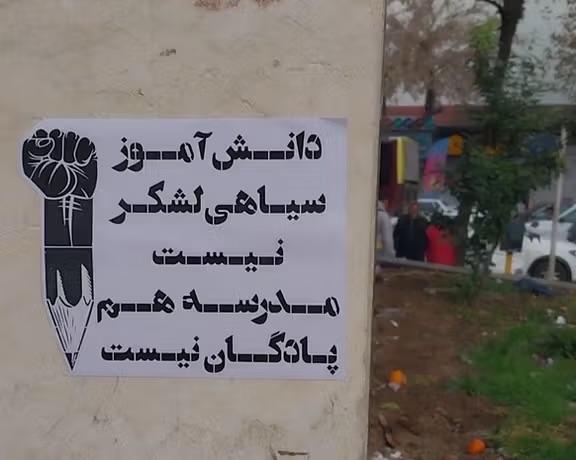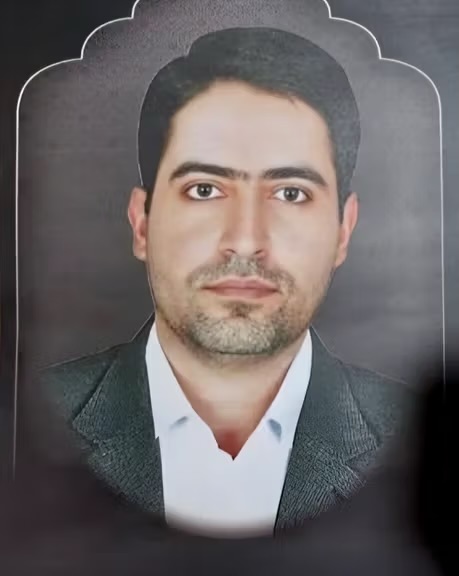
Following the signing of a memorandum of understanding between Iran’s Chief of Police and the Minister of Education, the Coordinating Council of Teachers’ Unions has warned the minister that educators will not allow schools to be turned into military barracks. According to the agreement, police will be allowed to enforce mandatory hijab regulations for female students in schools.
On Monday, April 21, Mohammad Habibi, spokesperson for the Coordinating Council of Teachers’ Unions, condemned the situation, particularly the fact that Education Minister Alireza Kazemi referred to himself as a “soldier” of Ahmad Reza Radan, the Chief of the Iranian Police Force. Habibi stated, “The Coordinating Council strongly condemns this humiliating and alarming stance.”
He emphasized that the Ministry of Education is neither a private entity owned by the minister nor a venue for military showdowns. He warned: “The potential entry of police forces into the safe environment of schools is clearly illegal, repressive, and a violation of the rights of students and teachers.”
Habibi asserted that education cannot be managed with batons and threats, adding: “We warn the Minister of Education that his duty is to defend the dignity of teachers and the psychological safety of students, not to submit to military institutions. Educators across Iran will not allow schools to be turned into military zones.”
On Sunday, April 20, Iranian media reported that under the new agreement signed between the police chief and the education minister, military authorities have been granted powers in the educational sector, allowing them to take measures to enforce hijab rules for female students.
During the signing ceremony, Kazemi proudly called himself a “soldier” of the police chief and described “hijab and chastity” as one of the current cultural challenges in Iran that needs to be addressed through cultural initiatives.
Ahmad Reza Radan, who is widely considered responsible for human rights violations in Iran and is sanctioned by the EU, the US, and Canada, said: “This excellent interaction between the two institutions—police and the Ministry of Education—is not enough. If we think it is sufficient, we have fallen into a third negligence, and we will be surprised again.”
Roghieh Rezaei, a member of the editorial board at IranWire, told Iran International that while this agreement and the militarization of schools are deeply troubling and set to increase pressure on adolescents, it reflects the regime’s failure to enforce the mandatory hijab through previous methods.
In response to the news, teacher, civil activist, and former political prisoner Mahmoud Beheshti Langroudi wrote on X (formerly Twitter) on April 21, addressing the Minister of Education: “Any agreement that opens the way for police and security forces into schools will deprive students and teachers of psychological safety.”
He added: “Schools are no place for batons and repressive forces. Don’t hand over cultural work to the military. You will pay the price for it yourselves.”
The human rights website HRANA also described the memorandum as another step toward enforcing hijab on female students.
The legal advisory center Dadban posted on X: “This means escalating pressure on schoolgirls.”
The signing of this memorandum between the Ministry of Education and the police force clearly indicates the Tehran regime’s intention to implement new programs aimed at increased control and repression of students.
This move, along with the Iranian police’s record of violently cracking down on protests, is a clear warning of rising human rights violations in Iranian schools.
For over two decades, the government has exerted pressure and made efforts to secure schools, suppress protesting students, teachers, and union activists.
In one recent case, in March, Tasnim News Agency—affiliated with the Islamic Revolutionary Guard Corps—reported on the need to install surveillance cameras in classrooms, describing it as a controversial issue among Education Ministry officials.
These pressures have intensified since the beginning of the “Woman, Life, Freedom” uprising in 2022, targeting protesting teachers and students.


